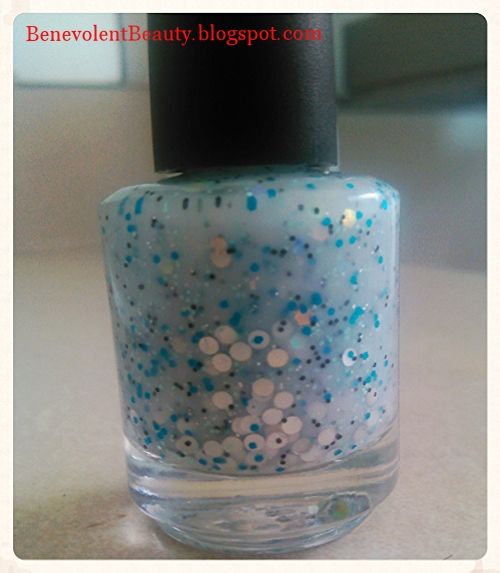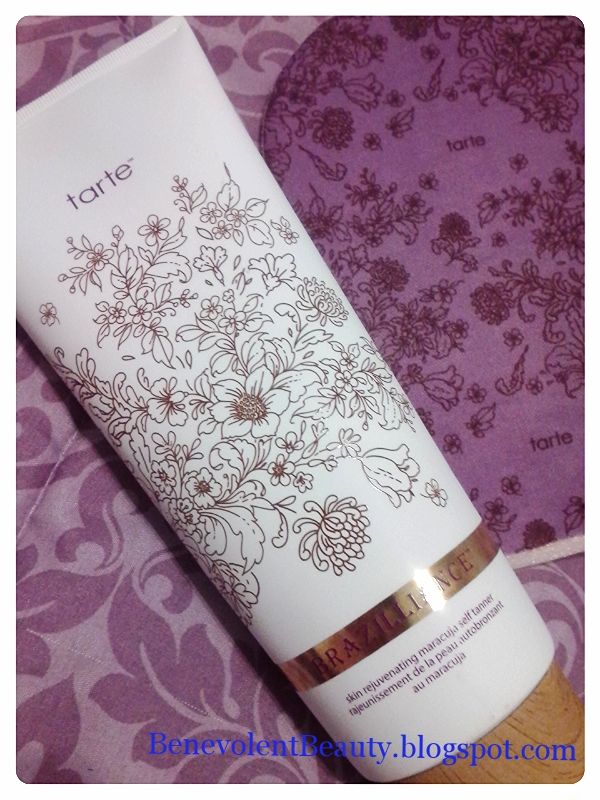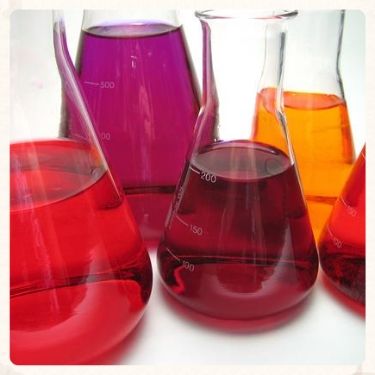Common Terminology:
Jelly - This is a description of the consistency of the nail polish. A jelly polish is, well, like jelly you spread on toast! It is glassy and generally somewhat sheer; it takes several coats to get opaque coverage. It is a great vehicle for floating tons of creatively shaped glitter.Crelly - Pictured above, a combination of the terms "cream" and "jelly" = "crelly." It relates to the consistency of the polish. Like a jelly polish, it is not entirely opaque and, in addition, is creamy or cloudy. Crelly polishes can be glossy or matte but are all milky.
Holo - Short for "holographic," these polishes shimmer and shine like no other. No thick or chunky glitters here, it's more of an overall sheen that shifts color in varying lighting.
Undies - Just a cute way of referring to a base coat (you know, the clear polish you may or may not put down first before your color of choice).
3-Free - There are potentially harmful chemicals in nail polish, a topic of debate that recently caused even big name brands to change their formulas. 3-free nail polish is formulated without Dibutyl Phthalate (DBP), formaldehyde, and toluene.
5-Free - Taking it a step further, 5-free nail polish nixes all the above, but also excludes camphor and formaldehyde resin. Many 5-free polishes boast vegan and even pregnancy-safe formulas (be sure to check all labeling to be sure as these are not requirements, just nice bonuses).
Why Indie Nail Polish:
There are so many benefits to most any indie brands. You're supporting small businesses and most all indie companies offer cruelty-free nail polish; many are vegan. Because these small companies are all about the creativity of the maker, there are countless colors and styles of polish that are completely unique; everyone will be asking, "where did you get that nail polish?" These guys don't have the overhead of major brands either, so sales are abundant. If a new collection is coming out or the maker wants to clear out some discontinued shades, you can save more than 50% off regular prices, which are already lower than store brands. Ever wanted to design your very own nail polish? Indie brands will often do custom orders! That's right, you tell them exactly what you are looking for and they will design a nail polish for you. Imagine what great gifts custom polishes would make, the possibilities are endless.Where to Start:
If I've talked you into giving indie nail polish a shot, here are a few brands you must try!Candied Apple Polish - 5-free polishes and tons of crellys! This shop is particularly fun because the owner/maker of the polishes offers "Mystery Apples" - a surprise color you get to see when it gets to your mailbox.
Rain City Lacquer - 3-free polishes for the pastel lover in you. They ship internationally.
ella + mila - 5-free polishes in a wide range of shades if you're not big on glitter. There is a color for everyone here from brights to neutrals and they offer a "mommy and me" line with coordinating mother/daughter polishes. Great for gifting.
CDB Lacquer - This is one of those shops that will do custom colors. They offer polishes in three different sized bottles so you can choose just to sample, or go all out with a full size product. Some formulas are 3-free, others are 5-free.
drip drop nail paint - Often found teaming up with Candied Apple Polish for their popular duo collections, these 3-free polishes ship to the U.S. and Canada. Drip drop also offers "prototype grab bags" where you can try a mystery assortment of one-of-a-kind polishes.



